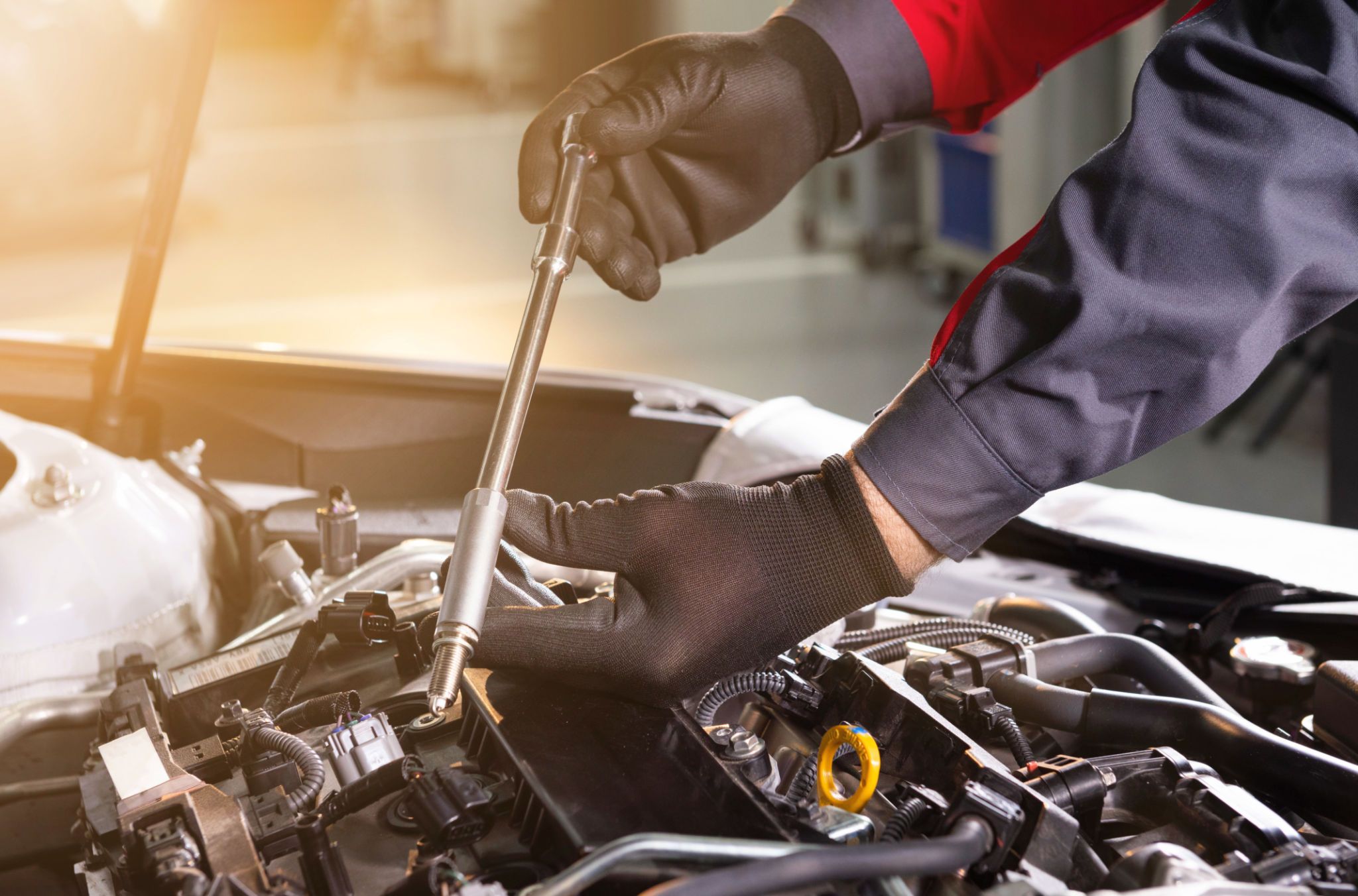Understanding DPF Removals: What Every Car Owner Should Know
JG
Introduction to DPF Removals
For car owners, understanding the components of your vehicle is crucial for maintaining its performance and longevity. One such component is the Diesel Particulate Filter (DPF), a device designed to reduce emissions from diesel engines. However, some car owners consider DPF removal for varied reasons. This post explores what DPF removal entails, its implications, and what every car owner should know before making a decision.
What is a Diesel Particulate Filter?
The Diesel Particulate Filter is a vital component in modern diesel engines, responsible for capturing and storing exhaust soot to reduce emissions. Over time, the soot builds up and needs to be burned off, a process known as regeneration. Regular regeneration ensures the filter remains effective and prevents potential engine issues.

Why Consider DPF Removal?
Some vehicle owners opt for DPF removal due to various reasons such as performance enhancement or cost savings on repairs. Removing the DPF can potentially improve fuel efficiency and increase engine power since the exhaust flow is less restricted. However, it's important to weigh these benefits against potential drawbacks.
Legal and Environmental Implications
Before proceeding with DPF removal, it’s crucial to understand the legal ramifications. In many regions, driving a vehicle without a DPF is illegal and can result in fines or failed inspections. Additionally, removing the DPF increases harmful emissions, contributing to environmental pollution. Car owners should consider these factors seriously.

Potential Risks of DPF Removal
Besides legal issues, removing the DPF can lead to mechanical problems. The engine management system may not function optimally without the DPF, leading to potential engine damage or reduced lifespan. Also, selling a car without a DPF can be challenging due to legal restrictions and increased emissions.
Alternatives to DPF Removal
If your DPF is causing issues, consider alternatives before opting for removal. Regular maintenance, such as ensuring proper oil quality and adhering to service intervals, can help prolong the life of your DPF. Additionally, professional cleaning services can restore the filter’s efficiency without the need for removal.

Making an Informed Decision
Understanding the full scope of DPF removal is essential for any car owner considering this option. Weighing the pros and cons, along with consulting automotive professionals, can help you make an informed decision that aligns with both legal standards and environmental responsibility.
Conclusion
In conclusion, while DPF removal might seem like an attractive option for enhancing vehicle performance, it comes with significant legal and environmental drawbacks. Car owners should explore all available options and prioritize maintaining their vehicles within legal requirements to ensure both optimal performance and compliance with emission standards.
